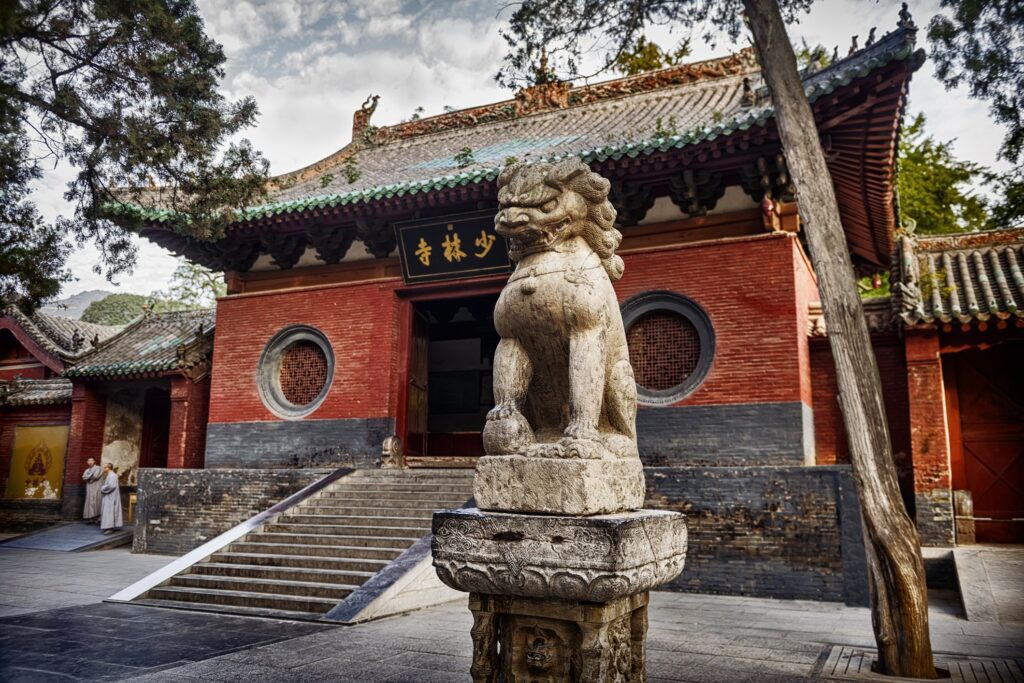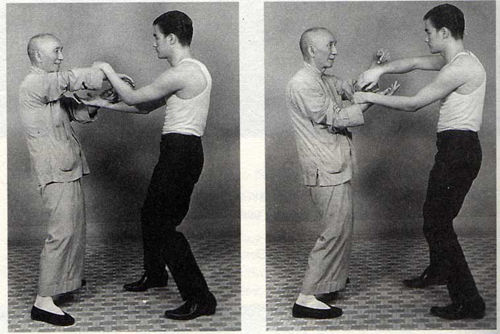Wing Chun History
Wing Chun is a traditional Chinese martial art that originated in the southern part of China. Its history is steeped in legend and folklore, but the most widely accepted account traces the art back to the turbulent times of the Qing Dynasty in the 17th century.
The legend of Wing Chun is often associated with a Buddhist nun named Ng Mui, who is said to have developed the system. According to the legend, Ng Mui was one of the Five Elders who survived the destruction of the Shaolin Temple during a period of political upheaval. Ng Mui is said to have synthesized her knowledge of martial arts into a new system that could be quickly learned and effectively applied, especially by smaller individuals against larger opponents.
Ng Mui passed her knowledge to a young woman named Yim Wing Chun, for whom the martial art is named. Yim Wing Chun used the techniques to defend herself against a local bully and later taught her husband, Leung Bok-Chau. The art was then passed down through several generations of practitioners, evolving and adapting along the way.
Wing Chun emphasizes efficiency, directness, and practicality in its techniques. It is known for its focus on close-range combat, simultaneous attack and defense, and the concept of “sticky hands” or Chi Sau, which is a training method for developing sensitivity and reflexes.
In the late 20th century, Wing Chun gained international popularity, largely due to the efforts of martial artists like Ip Man, who is perhaps the most well-known figure associated with Wing Chun. Ip Man, a legendary martial arts teacher, trained several notable students, including Bruce Lee, who went on to popularize martial arts globally through his film career.
Today, Wing Chun has various lineages and schools worldwide, with practitioners continuing to study and preserve this unique and effective martial art.


Monday 5:00pm – 7:30pm
Tuesday 5:00pm – 7:30pm
Friday 5:00pm – 7:30pm
Copyright © 2025 Australian Wing Chun Academy